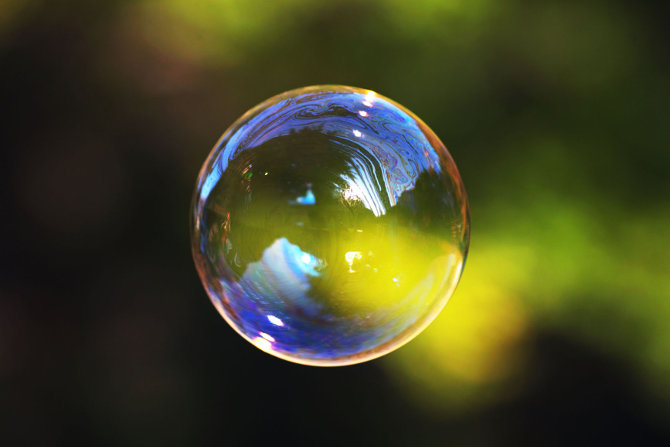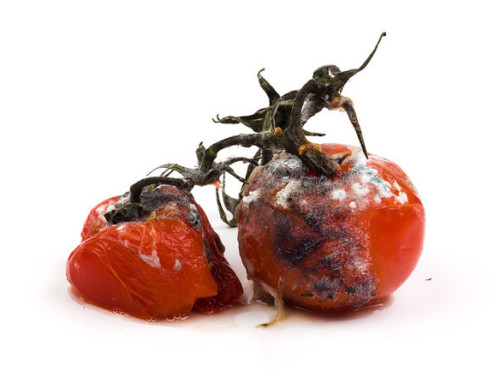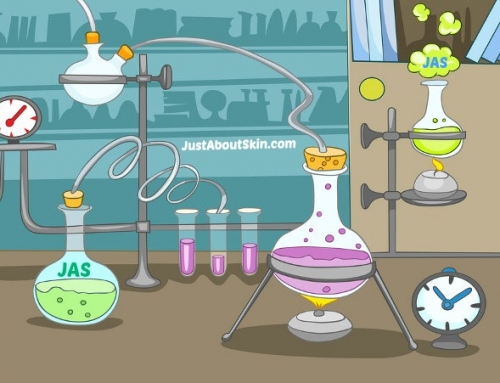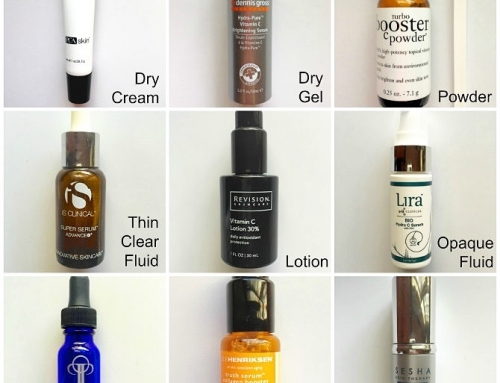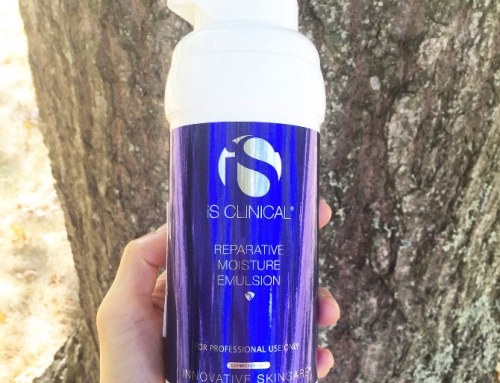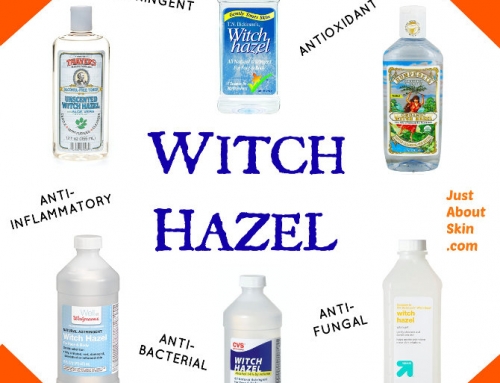Have you seen any oxygen creams lately? Or heard of the oxygen facial?
I recently received a few samples of various topical oxygen products: Natura Bisse Oxygen Cream, Bakel Oxyregen Cream, and Bliss Triple Oxygen Energizing Cream. And it gave me the idea to write this post.
So why oxygen? What does it do for skin? Is it legit?
Today, I’ll give a brief explanation of how oxygen is used in skin care.
A Little Background On Oxygen
Did you know that oxygen is the most abundant chemical on earth? It is a gas that makes up 20% of air and 90% of water.
We know that oxygen is needed for survival. We can’t breathe without it. But why does our body need it exactly?
Because cells need oxygen to produce energy (those energy molecules are called ATP). Almost all of the oxygen that we breathe in is used to fuel mitochondria, the energy factories inside cells. (You can read more about mitochondria here – it plays a very important role in skin care.)
With oxygen, mitochondria can generate energy that is used to power every process in the body, including everyday vital activities that happen inside skin – making new skin cells, building collagen, elastin, and lipids, removing waste, repairing damage, and so on.
How Is Oxygen Useful For Skin?
First and foremost, oxygen is used to provide energy to skin cells.
Oxygen also acts as an anti-bacterial agent.
Some bacteria cannot live in the presence of oxygen (they’re called anaerobic bacteria). The bacteria that causes acne (Propionibacterium acnes) is one of them. Oxygen kills this bacteria.
The presence of oxygen inside a pore (an unclogged pore) prevents the growth of bacteria. But when a pore is clogged (impacted with sebum and dead skin cells), oxygen cannot get through.
This is when bacteria inside pores thrive and grow, contributing to acne. (You can learn more about what causes acne here.)
Oxygen is therefore useful for treating acne and rosacea.
Topical oxygen is also beneficial for aging skin. When we age, cell processes slow down. Just as our movements become slower, our cells also become sluggish.
That is largely due to slower repair of whatever’s been damaged. And cellular waste not being removed as efficiently and accumulating inside cells. (You can read more about how cellular garbage contributes to skin aging here.)
More oxygen means more energy is produced, and this in turn means there is more energy to do things like repair aging cells and remove waste.
This is why some oxygen products have the word “energizing” in their name or product description.
How Does Oxygen Get Delivered To Skin?
Some oxygen passes into skin from the air through a process called diffusion. Most of this oxygen is used by the epidermal layer of skin.
Other oxygen is delivered to skin through blood capillaries.
Skin care products can also deliver oxygen to skin through certain types of ingredients called oxidizing agents.
An oxidizing agent is something that releases oxygen. (To be technically correct, an oxidizing agent doesn’t have to release oxygen; it can also be something that accepts hydrogen.)
In skin care, common oxidizing agents are peroxides.
Hydrogen Peroxide is a good example. It is the most common oxygen source in skin treatments. Hydrogen peroxide releases oxygen (O2) when it reacts with skin.
Benzoyl Peroxide is another example. When Benzoyl Peroxide releases oxygen into pores, bacteria is killed. This is why it is so popular in acne treatments.
One thing to keep in mind, these peroxides only affect the Stratum Corneum (outer layer of skin). Topical peroxides cannot penetrate through the epidermis.
Oxygen Therapy (Non Topical Treatments)
Oxygen can be delivered non-topically too, without products. This method is known as oxygen therapy.
Oxygen therapy is used in medicine to treat pulmonary diseases (e.g. hypoxia) and skin disorders.
It is also offered in spas as a skin treatment to clarify and purify skin.
The oxygen facial infuses skin with oxygen through machines, such as a nebulizer or oxygen concentrator.
Oxygen therapy is also useful as a post-procedure treatment (after surgery or microdermabrasion) and after a burn, when skin is irritated and inflamed. It speeds up the healing process and increases collagen production.
Further Reading: Mitochondria & Energy Production

